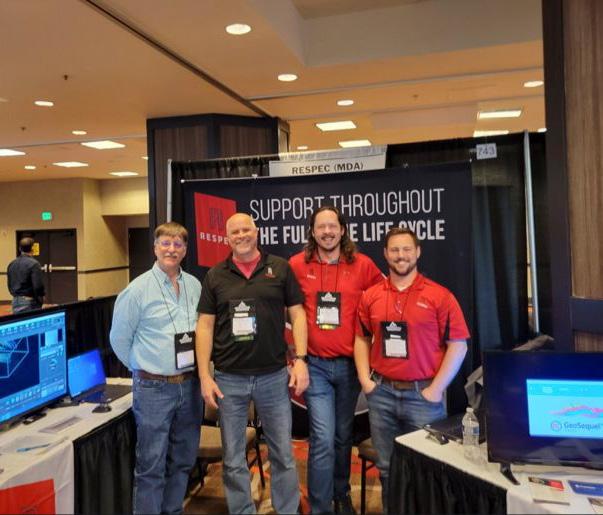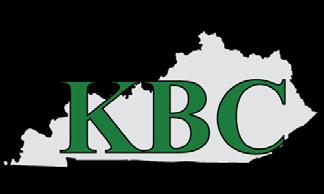NEWSROOM
GROWTH AND PEOPLE
PRESENTATIONS



Welcome to the final RESPEC Mining & Energy (M&E) 2022 newsletter. As we close out 2022, the one word that comes to mind is “Team!” Whether you look at the company as a whole or the individual business units, RESPEC has played as a team and succeeded as one. What is increasingly evident, despite the inherent annual challenges of running a very diverse consulting business and the complexity of the mining sector this year, is that we come together as a team to meet the challenges of the day, seize opportunities, and achieve success. And 2022 was no different. In this edition of our newsletter, we will highlight some amazing work from our diverse M&E team that shows how we can work with different clients’ unique needs and leverage the expertise of other business units within RESPEC. As our team continues to grow into new areas, we grow, too, in our ability to serve our clients better and meet their unique requirements.

This year we have highlighted many articles showing collaboration internally across our various business units and industry focuses. Our goal as a business is to become an Integrated Solutions Partner. Partnering with our clients and across our business, subject matter experts can find unique technologies and solutions to solve our clients’ most challenging problems.
RESPEC, as an employee-owned company, has also had a great year. We have had strong year-over-year performance across our business units, providing value to our employee shareholders. The materials lab had a very busy year supporting the strong commodity

markets of salt, potash, and expanding renewable energy sectors. RESPEC’s position in the salt and potash markets has remained very strong. While we have maintained our strong position in those two commodities, the growth and diversification in other commodities is exciting and positions M&E for a strong future. The volatility in the stock market has strengthened the gold sector. We are also quickly building our presence in lithium. We continue to focus on working with our Infrastructure group to provide critical infrastructure in the mining industry and expanding services with existing clients.
The RESPEC M&E business unit has positioned itself well for continued success. Through leveraging our past success in abandoned mine lands (AML) and collaborating with our Water & Natural Resources group, we have positioned ourselves for significant growth in the AML market in Colorado, West Virginia, Pennsylvania, and Kentucky. The strides we have made in the renewable energy sector are significant. Whether hydrogen, geothermal, or carbon capture, RESPEC will be at the forefront of tomorrow’s energy markets. Our diversification in the natural resource markets is critical to serving the ever-changing global commodity needs.
I will close with one word: engagement. As we continue to attract new talent, retain key talent, and strengthen and expand our client relationships, we must heighten our engagement in everything we do. As a team, we must elevate our engagement with employees, clients, industry, and communities.
Thank you to our staff and clients for all your contributions to making 2022 a success for RESPEC.

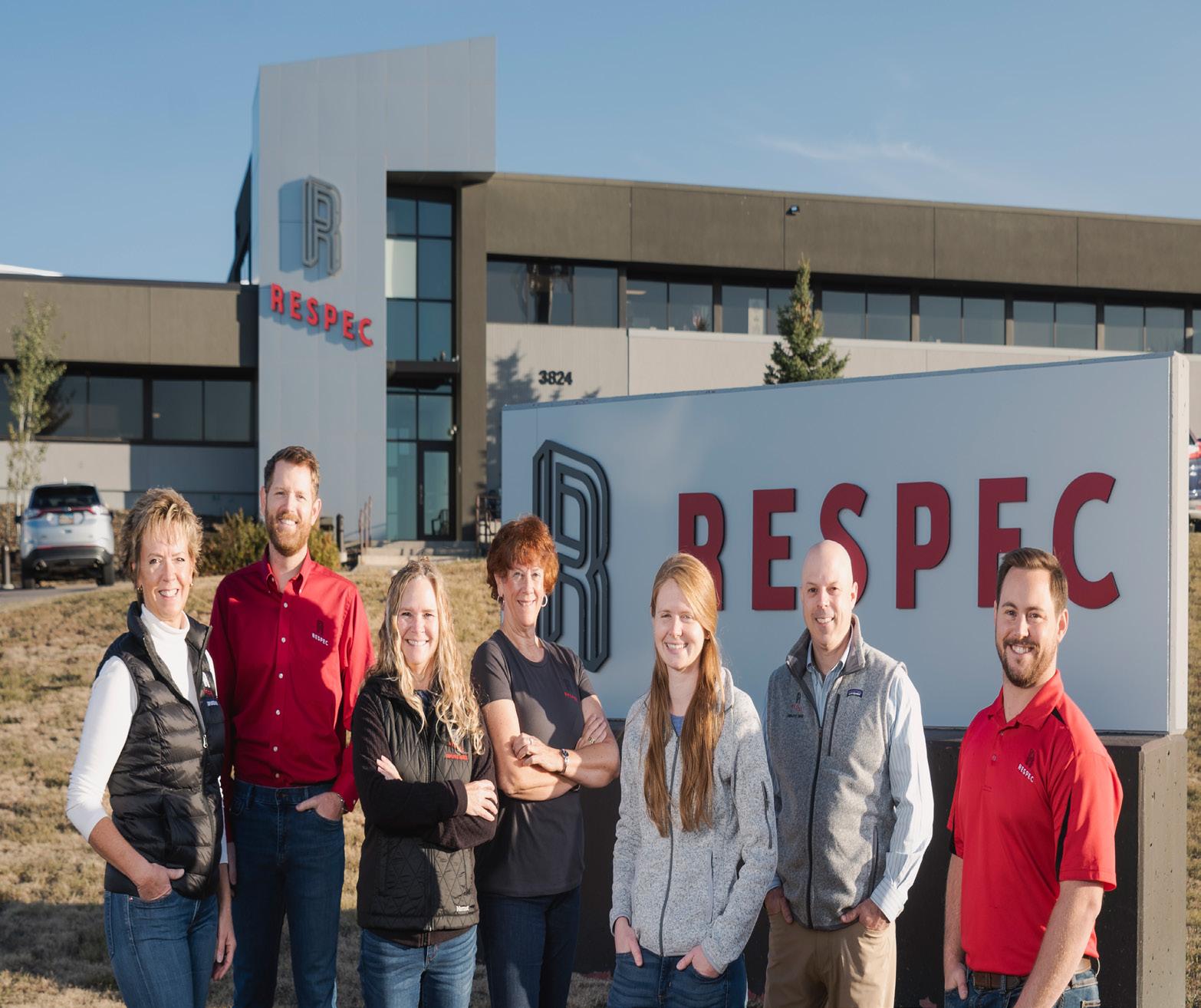

The hard news in mining projects often revolves around the “soft” aspects of our projects, which are environmental, social, and corporate governance (ESG) topics. ESG issues are quickly surpassing commodity prices as the major risk to mining projects. Investors, impacted communities, regulatory agencies, and stakeholders are looking carefully at resiliency, climate change, indigenous communities, water resources, worker safety, and carbon emissions, to list a few of the soft topics. All forms of mining have impacts; how you plan to mitigate those impacts and how successful you are in implementing the plan determines the realized ESG achievements.
Potash solution mining, one of the oldest mining techniques, produces brines composed of water-soluble salts and minerals and is considered a safe, low-cost method compared to underground conventional mining. Conventional mining of sylvite removes the rock from the ground, breaks it up, and treats it to remove the valuable minerals before disposing of the tails. Potash solution mining injects sodium chloride (NaCl)-saturated brine into the sylvite formation at the wellfield to preferentially dissolve the potassium chloride (KCl) from the rock. The formation’s soluble portion is ready for processing without the energy-intensive mechanical mining, crushing, and grinding used in conventional mines.
Two options are used for processing KCl-rich brine in a small-volume operation in hot arid climates (150 to 200 kilo tons per year). One is solar evaporation and flotation. The other is Mechanical Vapor Recompression (MVR). Aligning the choice of processing methods with your ESG goals at the project’s inception is critical in successfully obtaining the ESG goals. Historically, climate and economics have dictated the processing selection; however, that trend is rapidly shifting as operators continually evolve to seek a competitive advantage.
The solar evaporation processing pipes the extracted brine into a series of evaporation ponds where the brine crystallizes by solar evaporation. The ponds evaporate water while producing crystals of halite and sylvite. The crystals from the solar ponds are mechanically harvested, repulped (ground and slurried) in double-saturated brine, and pumped to a flotation plant. The crystals are screened and crushed in multiple stages to produce a flotation feed. The crystal is combined with frother,
flotation oil, and an amine collector in an agitated conditioning tank. The conditioned slurry is floated to produce a high-grade froth (approximately 50 percent potassium oxide [K2O]), then upgraded to 62 percent K2O by leaching in high-KCl brine. The leach slurry is preconcentrated by cyclones and delivered at 60 percent solids to a screen bowl centrifuge. The centrifuge cake is dried in natural gasfired rotary dryers to create the product. After compaction, the dryer product is sampled and conveyed to product bins before distribution to standard grade or granulated product.
The flotation tails, primarily halite crystals, are centrifuged and dissolved for a return feed to the wellfield for injection into the solution caverns. The mill can operate with essentially zero net halite production. A small stockpile of salt is necessary to provide operating flexibility.
Crystallization occurs in two stages when using MVR to process the extracted KCl-rich brine. The first step is multiple effect or MVR, followed by multiple-effect cooling with forced circulation recrystallization to recover KCl as the second step. As evaporation proceeds, the KCl concentration increases while NaCl crystallizes. The evaporation continues until the KCl reaches solubility and any further evaporation would crystallize the KCl. The salt crystals are dissolved in the evaporator condensate and returned to the wellfield. The KCl-rich liquor from the evaporator is forwarded to a staged cooling crystallizer train. The crystallizer cools the liquor by pulling a vacuum. The vapor from each stage is condensed by counter-current recirculating the fourth-stage mother liquor through the first three crystallizer condensers. The fourth-stage vapor is condensed by a combination of steam ejectors and barometric condensers with cooling water provided by a conventional cooling tower. The cooling tower exhaust creates the most significant water loss from the system.
The crystallizer slurry containing KCl is centrifuged and washed before delivery to a direct gas-fired dryer. The crystal product will be near 62 percent K2O.
To make innovative, sustainable changes in your operation, we encourage companies to look at the options through the ESG lens. Below we’ll outline some of the benefits and detriments of each processing method in regard to small-scale production ( 150 to 200 kilo-tons per year)
Solar and wind evaporation
Seasonal solar evaporation cycle 8 months per year
Solar and wind evaporation produce a low carbon footprint.
The carbon footprint increases slightly by the natural gas required for injection brine heating, but it may enhance recovery from the deposit.
Seasonal employment could impact local communities.
Solar evaporation is a quiet neighbor Low industrial noise and activity are more in alignment with an agricultural area.
Evaporation of water is lost to the system. Solar evaporation occurs in arid climates with limited access to water for agriculture. Although briny, the visual loss of water is challenging to public perception.
Flotation consumes chemical reagents Flotation and leaching require chemicals in the form of frother, flotation oil, and an amine collector.
Land use Shallow ponds require an expansive surface area to evaporate effectively.
Fuel use Harvesting requires large, usually diesel-powered equipment.
Energy consumption
Operational hours
Water consumption
Very little chemical consumption
Investment capital intensive
Temporary land use
Injection brine heating
The electric energy consumption in the MVR process produces a large carbon footprint.
Operation on a 24/7 continual basis (except for planned shutdowns) provides year round employment opportunities.
Most of the water is recycled within the system.
Recovery of the KCl through balancing the solubility curve with energy inputs to crystallize the salts at the appropriate stage minimizes the required chemicals.
Capital, both initial and sustaining costs of specialized mechanical equipment, is not sourced locally, unlike the typical earthwork needed during the construction of solar ponds.
More complex equipment leads to higher maintenance costs and the skill level of employees. Skill requirements may result in limited local hiring depending on the location of the solution mine.
Land use is temporary, not requiring construction and subsequent closure of evaporation ponds. MVR units can be modular, which eases the reclamation and closure requirements.

Injection brine heating occurs through heat exchange in the MVR process. Supplemental heating may be required depending on the injection temperature profile.
All mining impacts the planet. Balancing the impact mitigations while recovering the highest percentage of KCl in alignment with your ESG goals should please project stakeholders and shareholders alike. However, a simple, straightforward selection does not exist. For instance, if you consider solar evaporation with flotation as an option in an arid region, nearby communities may be sensitive to granting access to water (even brackish water). Your project may be located on indigenous peoples’ traditional lands where there is a preference to be more in touch with the natural approach and ebb and flow of weather patterns and who view solar evaporation as less impactful.
The company’s ESG goals and capital investments must align with the project at its inception and in the long term. Each decision point that moves a project closer to fruition must be evaluated against the ESG goals. When performance does not match expectations, a company leadership’s rapid response and transparency can help keep the project on track.
For detailed information, please contact RESPEC’s Erik Hemstad, Manager, Grand Junction Office, Erik.Hemstad@respec.com or Susan Patton, Susan.Patton@respec.com
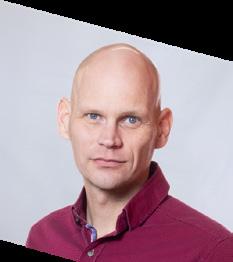
As organizations grow, continued difficulties arise in managing local facilities and getting the information to central corporate teams (corporate) clearly and consistently. RESPEC partnered with a client to unify quality controls, improve their ability to do compliance reporting, and find savings in their budgets.
Engineering tests and surveys are required for safety, operational decision support, and state compliance reporting. Our client was using Excel to manage their well-testing results, surveys, and more for each site location. Over time, the Excel files were changed and improved with recommendations from corporate staff and local engineers. However, sharing this information between groups became time-consuming for the engineers and the corporate group receiving the data. The Excel files also started displaying errors from copying and pasting formulas between rows, sheets, and files, which could have affected government and safety testing requirements.
RESPEC brought a team of engineers and technologists together to discuss ways to improve our client’s acquisition, management, and reporting of their engineering test data. RESPEC’s team followed a design process focused on the desired outcomes and goals while making user interface decisions that work best for the system user. The solution built by the RESPEC engineering and technology team provided our client with current and historical engineering data, with the ability to quickly search for and access information and export the data into Excel files and reports.
Once we presented the solution to the client, and they realized their existing Excel files contained errors, they prioritized getting multiple sites using the new system. Now their corporate team has access to data instantly, which in the past would take them days or weeks to access, and the data is packaged for their consumption across multiple sites. Local sites have improved data entry and management, so the engineers get to focus on what is really important—engineering.
We continue to work with our partner to build an enterprise holistic view of their facilities. RESPEC prides itself on being an Integrated Solution Partner with our clients and believes one solution doesn’t fit all. Now our mining and energy engineers are partnering with our technologists to make these solutions more useful for all parts of the exploration and mining industry.


For detailed information, please contact RESPEC’s David Gallegos, Director of Professional Services David.Gallegos@respec.com

Local sites have improved data entry and management, so the engineers get to focus on what is really important—engineering.
RESPEC’S Lexington office’s cement and lime-focused group has been busy on the surface and underground across the country this year. Carolyn McCannon, Mining Engineer Manager for Construction Materials, has seen first-hand the benefits of mines designed with collaboration across a diverse team. Additional input from site personnel, a multi-disciplinary team of engineers, and geologists results in a more practical, robust mine design.
As surface reserves are depleted at quarries, companies have been looking past the highwall or below their current pit extents for additional reserves. Underground room-and-pillar stone mining is more and more attractive because of the complexities of attaining new surface mining permits. Now that residential areas have grown closer to historical operations, there is higher scrutiny from the public into the visual and audible impacts of surface mines.
Planning for highwall stability is the first step to a successful underground mine setup when creating portals on a final pit wall. Upfront planning can save thousands of dollars in operating costs from ventilation and material transport cost centers, especially considering the Decline or Shaft access in underground stone mines. The holistic approach to underground mine development observes the following general process:
» Core drilling and joint mapping to confirm the geologic structure, rock strength data, and chemical/quality data, as well as high-resolution topography and drillhole collar survey
» Fundamental data-based rock mechanics, based on the National Institute for Occupational Safety and Health’s S-Pillar, for clear justification of pillar size selection to fit site-specific conditions, which may vary across a site
» Mine engineer and equipment operator input for equipment selection and maneuverability
» Drill and blast designs for minimizing vibrations to any nearby structures, such as gas lines and residential structures
» Ventilation modeling based on equipment fleet needs and diesel emissions
» Water control, power supply, communications systems, primary crusher and shop infrastructure, and convenience features such as lunchrooms and boot cleaning stations
This upfront planning and design review can significantly reduce the operating costs of an underground mine rather than forcing something to work in a poor setup that cannot be fixed.
RESPEC personnel have also been involved in projects related to the Mine Safety and Health Administration’s (MSHA’s) Pillar Initiative. They have seen an increase in MSHA’s attention to ground control at both mines with legacy underground workings and new underground mines.
RESPEC uses a combination of data analysis and rock mechanics experience to develop underground mines that focus on long-term pillar stability rather than maximum extraction because mines can be turned into valuable real estate after and even during the mine life.
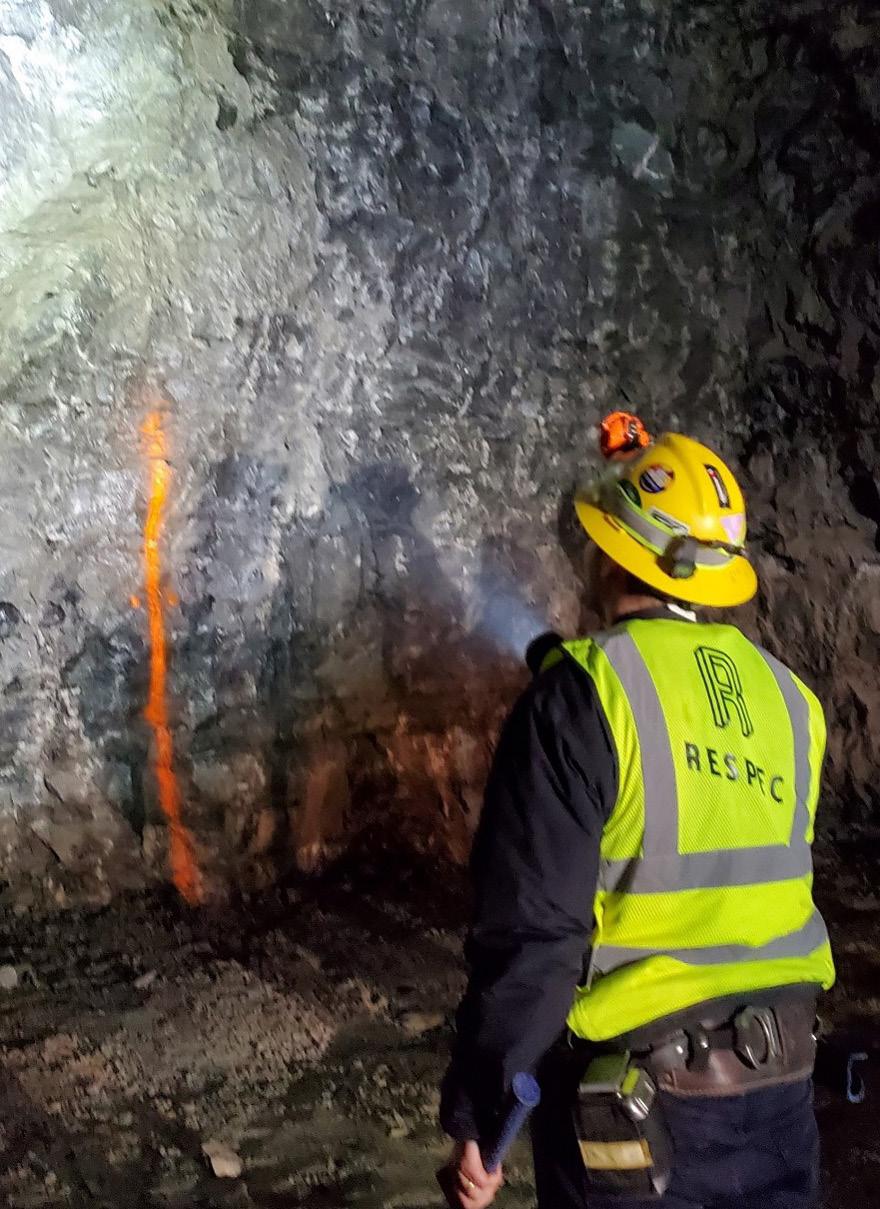
Carolyn presented at the Kentucky Crushed Stone Association’s Underground Stone Safety Seminar on December 7 in Louisville, and Al Campoli presented at the Illinois Association of Aggregate Producers in Springfield, Illinois, also on December 7, on highwall stability and ground control topics. View the slide decks on page 13.
For detailed information, please contact RESPEC’s Carolyn McCannon, Mining Engineer, Carolyn.McCannon@respec.com

RESPEC’s Mining & Energy unit recently completed a geologic mapping project in the Gabbs area of west-central Nevada. Contracted by Premier Magnesia, LLC, this work examined seven unmapped open pit mines and adjacent ridge lines with a total area of approximately 1 square mile. Structural mapping at a 1:3,600 scale was combined with on site geochemical analyses to understand processes associated with local magnesium ore formation—magnesite (MgCO3) and brucite (Mg[OH]2). The emphasis was placed on ore body distribution (Late Triassic Luning Formation, upper member), but attention was also given to granitic intrusive rocks (unnamed stock) and crosscutting dikes (basalt and minor pegmatite). A primary question going into this project concerned the spatial and temporal relationships among late Mesozoic magmatism, mid- to upper-crustal deformation, and ore body evolution at the mine site.
Field studies identified an early contractional deformation event—northwest-southeast crustal shortening— represented by thrust and reverse faulting, upright open folding, and minor cleavage development (Luning-Fencemaker belt) [Oldow, 1984]. Southwest-directed transport (i.e., thrust
stacking) resulted in thickening of the ore deposit. In the south, deposits are overlain by granitic rocks across westward-dipping imbricate faults. Contractional structures in all open pits are overprinted by Basin-and-Range deformation (Cenozoic)—that is, extensional collapse of the Luning-Fencemaker belt. Two sets of normal faults were observed, with the most prominent set striking northwest parallel to the Walker Lane belt. Both sets of faults are associated with high-angle systematic joints, which are occasionally filled by dikes. Local evidence of left-lateral strike-slip displacement added to the complex movement history experienced by this ore body. RESPEC is currently assessing wet chemistry results (including calcium oxide and magnesium oxide content) and will incorporate results into the geologic map and three-dimensional model prepared for the client.
This work represents phase one of the project, which will resume during the spring of 2023. Activities will include borehole drilling, rock core analysis, and regional mapping. RESPEC’s integrated field and analytical findings will be used by Premier Magnesia for mine expansion and planning for the next 50 years.
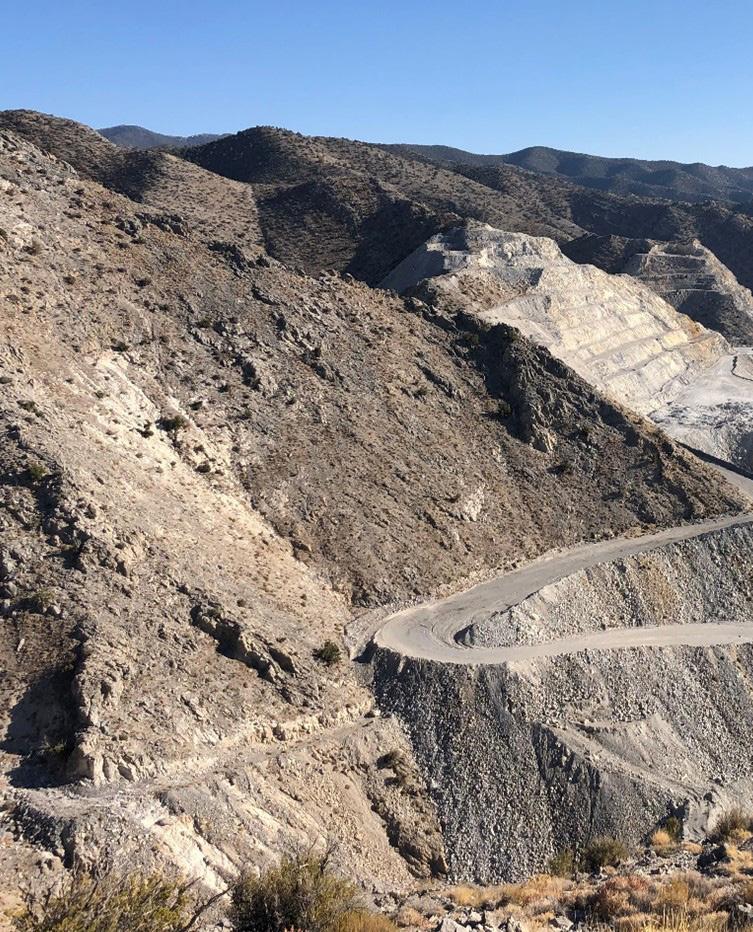
For detailed information, please contact RESPEC’s Keith Gray, Project Geologist, Keith.Gray@respec.com




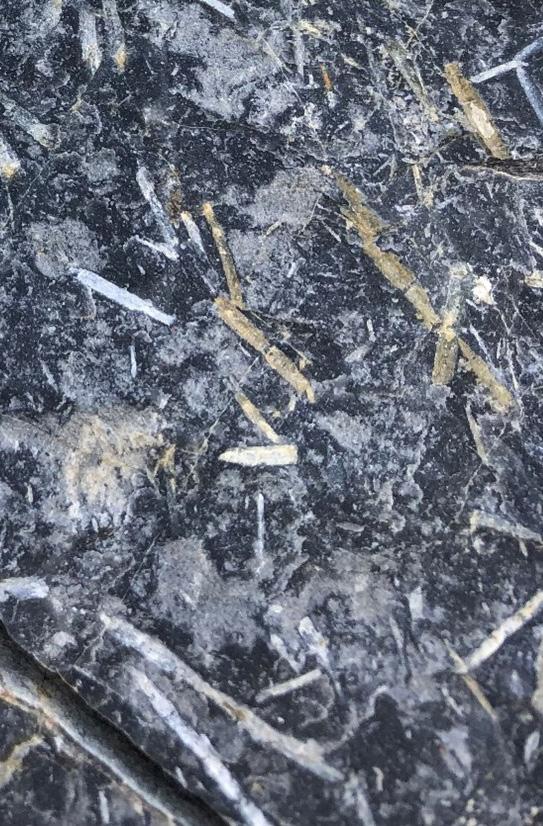
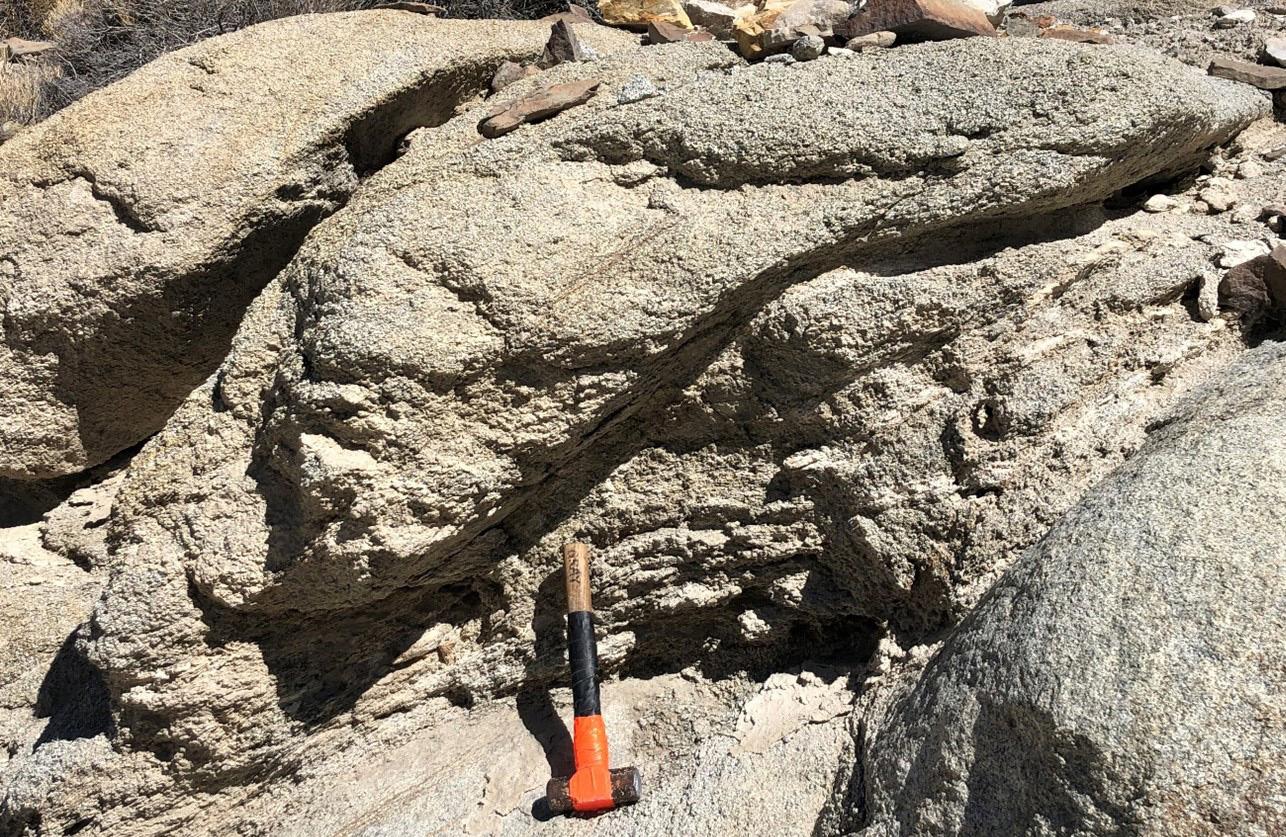

RESPEC is pleased to welcome Devin Harshad, P.Eng to our expanding Canadian office. Devin will complement our drilling and completions team with more than 16 years of experience in the field of onshore and offshore drilling, completions, and workovers. He will lead in developing RESPEC’s capabilities to continue providing full drilling and completion services to our clients and will work closely with recently promoted Brett Dueck, Manager, Saskatoon Area.
Devin has worked in many of the prolific oil-and-gas fields across the globe throughout his career, including in the Western Canadian Sedimentary Basin, and has been involved in the drilling, completions, and workovers of more than 120 wells— from simple, vertical drills to complicated, horizontal, multistage, fracturing projects. He recently led an offshore completions team in Malaysia and successfully increased an operator’s operational performance; on-site efficiency; and overall health, safety, and environment performance while implementing novel virtual reality technology during the COVID-19 pandemic. Devin was a pioneer during the Australian coal bed methane to liquified natural gas (LNG) resource boom in the 2010s. In 2017, he was responsible for designing and executing horizontal, multistage well completions and workovers as part of the appraisal to final investment decision (FID) of the world class Argentinian Vaca Muerta unconventional play.

Devin is excited to be a part of RESPEC and eager to merge his hands-on drilling, completions, and workover experience with current and future RESPEC projects. He is passionate about his work and is especially motivated to expand his capabilities in the evolving mining and low-carbon energy landscape in North America (and around the world). To this end, Devin is pursuing studies at the Greenhouse Gas Measurement (GHG) Management
Institute to obtain a diploma in GHG measurement, reporting and verification. At the same time, Devin believes that a key point of his career success is pushing his boundaries in taking on challenging projects that ultimately prove to be rewarding experiences. Devin states, “Being part of a team that strives to provide solutions to the world’s engineering problems is what energizes me and speaks to what the talented team at RESPEC is known for doing daily.”
“We are thrilled to have Devin on the team and to provide this full-service offering to our potash and salt clients as well as to our storage and brine clients,” explained Tabetha Stirrett, Vice President of RESPEC Consulting, Inc. (a subsidiary of RESPEC Company, LLC). “When we entered the full-procurement drilling arena over a decade ago, our goal was to provide our clients with an alternative supplier whose focus was on the quality of the well data, which could then be confidently used in technical reporting and engineering designs for our clients.” Tabetha further adds, “Now we can provide our clients with savings and quality by being the one-stop shop for our clients—from geology and exploration drilling to completions, monitoring, and workovers.”
For detailed information, please contact RESPEC’s Devin Harshad, Devin.Harshad@respec.com or Brett Dueck Brett.Dueck@respec.com


As we approach winter and the holiday season the risk of injury and accidents associated with low temperatures, ice, and snow increase. Some of the more prevalent winter weather hazards include the following:
» Snow removal
» Vehicle accidents
» Slips, trips, and falls
Watch your step this winter. The number of slip and fall accidents spikes about 50 percent during winter’s icy weather and shorter daylight hours.
About 20 to 30 percent of slip and fall accidents result in moderate to severe injuries, such as bruises, broken bones, or a head injury.
Employees can help reduce the risk of these types of injuries by doing the following:
» Dress in warm layers.
» Wear footwear with slip-resistant soles.
» Clean the snow and ice from footwear before entering the office.
Vehicle accidents are hazards commonly associated with winter weather conditions and can lead to severe injury and lost time from work. The AAA Exchange offers great winter driving tips to minimize adverse weatherrelated accidents. Periodic multipoint inspections should be performed on company vehicles to ensure that they are safe for road travel and have standard winter weather emergency kits.
Christmas lighting, candles, space heaters, and fireplaces contribute to increased fire risks. To minimize these risks, please follow some of these helpful tips.
» Keep candles at least 12 inches away from flammable objects.
» Do not leave small children or pets alone in a room with a lit candle.
» Blow out candles every time you leave the room.
» Make sure the damper is open before lighting the fireplace and do not close the damper until all ashes are completely extinguished.
» Keep the screen closed while the fire is lit.
» Always put the fire out before going to bed or leaving your home.
Space heaters are a quick and convenient way to provide heating. They are also one of the leading causes of fires at home and work. Doing the following can minimize fire risks from a space heater:
» Keep the space heater away from combustible materials.
» Always turn off the space heater when the area being heated is not occupied.
» Ensure that the heater is UL-listed or Factory Mutual (FM)-approved for its intended use.
» Ensure that the space heater includes a tip-over automatic shutdown feature.
For detailed information, please contact RESPEC’s James Brown, Health & Safety Director James.Brown@respec.com
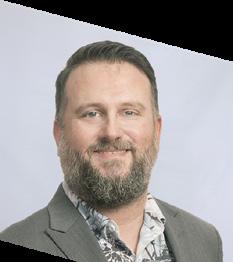












A High-Level Review of Microbial Activity in Salt Caverns
Presented by Jai Duhan
SMRI, Fall 2022
Jai.Duhan@respec.com
Highwall Stabilization and Ground Control –Underground Mine Design
Presented by Carolyn McCannon

Kentucky Crushed Stone Association’s
Underground Stone Safety Seminar, December 2022


Carolyn.McCannon@respec.com
Highwall


Presented
Alan.Campoli@respec.com
